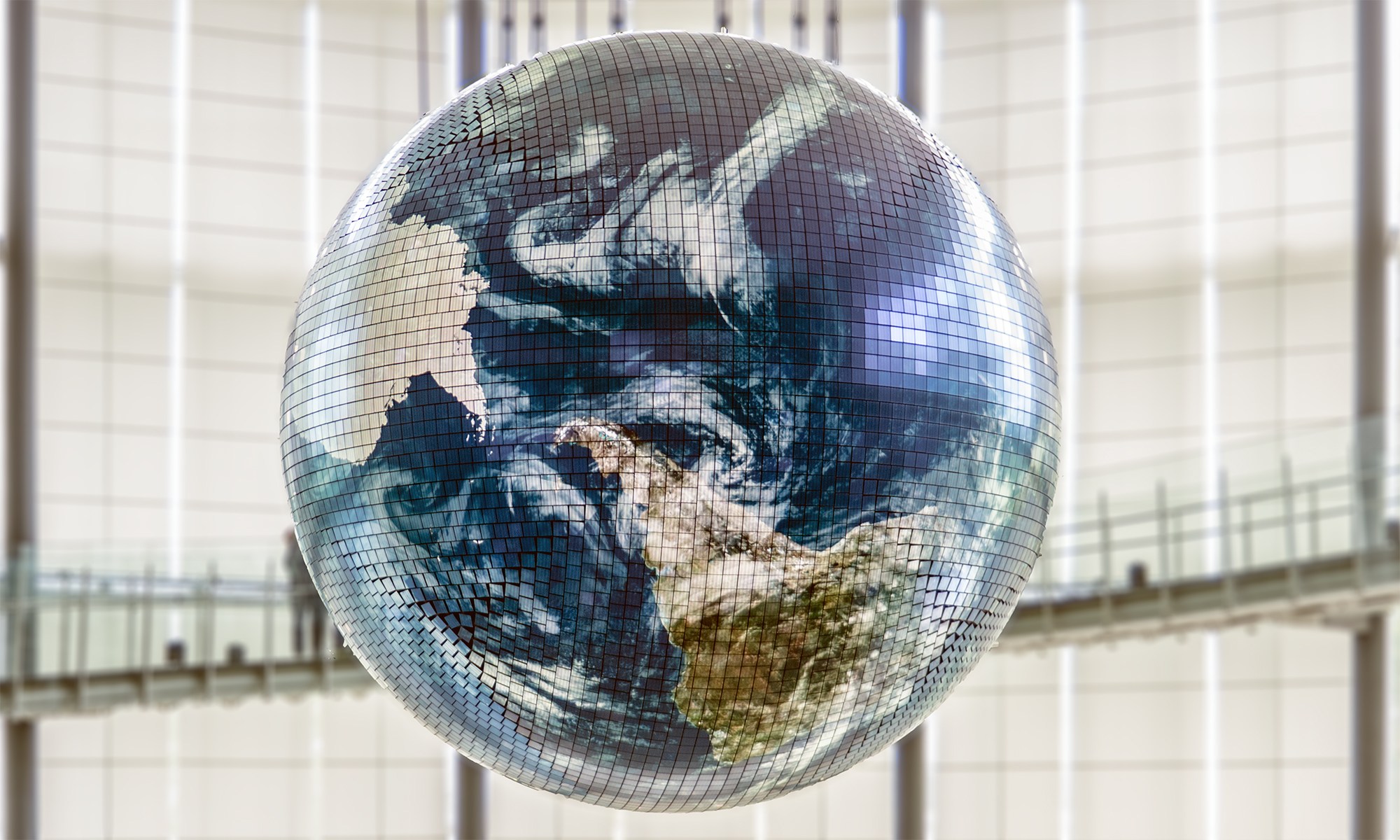Last August 18, 2023, a ruling of US District Court for the District of Columbia in the Civil Action No. 22-1564 (BAH) denied copyright protection to an image generated with an AI in execution of the input (‘prompt’) of the user. At a first glance the ruling looks correct, however it is questionable because there are are many examples of copyrighted non-AI- generated content made without human intervention. The main problem with this ruling, indeed, is that it looks at the matter from the (wrong) perspective of the ‘AI subjectivity’ rather than the economic value of the final product by Andrea Monti – initially published in Italian on Strategikon – an Italian Tech Blog Continue reading “AI (non-)copyright. A US ruling apparently sets the record straight, but negatively affects content-creators”
Foreign Cloud must block copyright-infringing access
Domestic Courts have jurisdiction over copyright infringements committed through a foreign-based cloud. With its 4 November 4, 2022 ruling, the XIV Section of the Milan Tribunale delle imprese (Business Court) marks a significant point – although still only of merit – in the fight against online piracy – by Andrea Monti – Initially published in Italian by IlSole24Ore Continue reading “Foreign Cloud must block copyright-infringing access”
Danny Monzeroll, Youtube and Copyright
Every now and then – thank to Youtube – I discover some mind-blowing musician I didn’t know about as it just happened with Canadian, Montreal based artist Danny Monzeroll.
His Pink Floyd songs arrangement for solo classical guitar is nothing but brilliant in terms of composition, execution and recording and – yes – it is freely available on Youtube. While, then, it would have been easy to “forget” about author’s right to be compensated for his work I decided to buy the album as a way to thank Mr. Monzeroll for his masterpiece. Continue reading “Danny Monzeroll, Youtube and Copyright”
The EU Copyright Directive Doesn’t Protect Authors while Endangering Fundamental Rights
After thunder comes rain, so the infamous copyright directive was finally approved by the European Parliament on 26 March 2019.
With the usual excuse of “protecting authors and culture”, this directive, in fact, only protects the interests of large publishing groups to the detriment of those of independent content creators, does not promote freedom of information and creates an alibi for platforms to censor users. Continue reading “The EU Copyright Directive Doesn’t Protect Authors while Endangering Fundamental Rights”
The Early 2000th BT Way to Sell the Internet
 I took this picture in Liverpool (UK) back in 2006 while I was hired to assist a Swiss Television crew shooting a documentary on the Echelon’s ? station at RAF Menwith Hill base. Continue reading “The Early 2000th BT Way to Sell the Internet”
I took this picture in Liverpool (UK) back in 2006 while I was hired to assist a Swiss Television crew shooting a documentary on the Echelon’s ? station at RAF Menwith Hill base. Continue reading “The Early 2000th BT Way to Sell the Internet”
